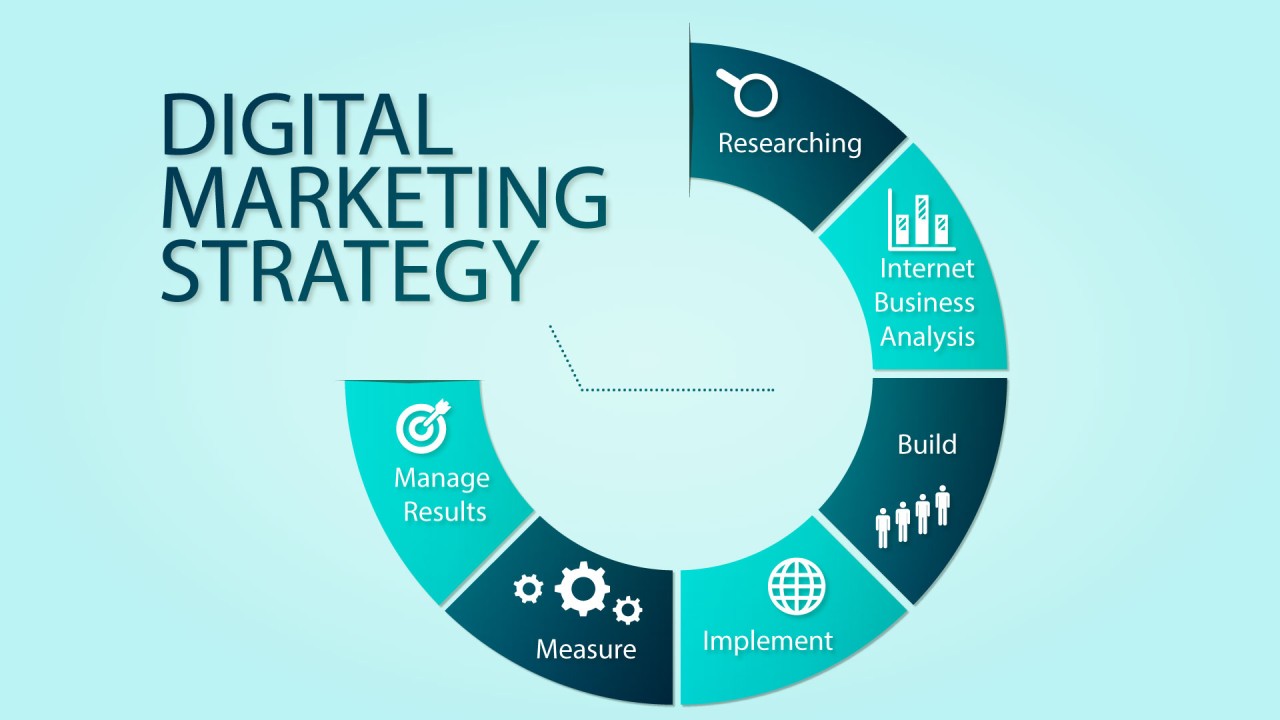In this article, we explained the meaning of digital marketing strategy, how to create digital marketing strategy and furthermore, why you need this in your business.
Definition
Digital marketing strategy
A digital marketing strategy is a plan for using channels to grow your perceptibility online. It should look at aspects such as your target audience, strengths and weaknesses, and competitors. To create an effective strategy, you should use data across the business to inform and speculate.
This is a set of deliberate actions achieved online to reach specific business goals. In simple terms, this means performing steady actions at the right time through the most appropriate online channels to increase revenue and advance relationships with your audience.
How to create digital marketing strategy
Research and define your goals
Structure your content according to Google’s procedure to rank higher;
Decrease the weight of your images to make your page load faster;
Get linked by appropriate and commanding websites to signal that you have a good reputation.
Collect data about your audience
The second thing you should think about is target audience for your product or service.
Develop your business’s customer role — a portrait of your regular customer, that includes data regarding their preferences, behavior on your website, and conducts as customers. You can combine your expectations with real data collected using Google Analytics, for example.
Generate leads
Your next step will be to improve principal generation and search for new ways to do it.
You can start by gathering endorsers with the help of send beats free subscription form. This form allows you to get users’ email addresses, names, phone numbers, and other personal information for further communication. Create multichannel form by adding links to your messengers.
Nurture leads
Lead nurturing moves leads towards an obtaining after they’ve started communication with your brand. You can do it with the help of emails, chatbots, socials, but what matters most is how you do it.
You need to educate your audience, add value to their occurrence in your contact list, and at the same time, try to promote your brand in a non-intrusive manner.
Evaluate Your Competitors
A thorough competitor analysis allows you to understand your industry scenery, identify key trends, and recognize opportunities to differentiate your business. Look at how your competitors position themselves, their pricing, their advertising strategies, and the customer involvements they provide.
Outline Your Content Strategy
Content is the lifeblood of your digital marketing strategy. It drives traffic, builds brand consciousness, instructs customers, nurtures lead, and converts prospects into buyers. Your content strategy should define the types of content you will create, the topics you’ll cover, the platforms you’ll use, and how often you’ll publish.
Set Up Your Reporting Tools
Once your digital marketing strategy is in place, you’ll need to track its performance. This is where writing tools come in. They allow you to measure the success of your campaigns, analyse the behavior of your audience, and gain understandings to improve your strategy.
Delegate Responsibilities to Your Team
Active digital marketing involves a range of skills, including content creation, SEO, data analysis, social media management, and more. It’s important to envoy tasks to your team based on their strengths and knowledge.
Creating a digital marketing strategy might seem daunting, but it’s essentially about knowing your audience, defining your goals, understanding your industry, and choosing the right tactics to reach your audience and achieve your objectives.
Why you need a digital marketing strategy
It motivates you to learn more
It provides real data
It structures your actions
It helps to increase ROI
It helps you reconsider your relationships with the audience
Conclusion
Creating a digital marketing strategy might seem discouraging, but it’s basically about knowing your audience, defining your goals, understanding your industry, and choosing the right tactics to reach your audience and achieve your objectives.


